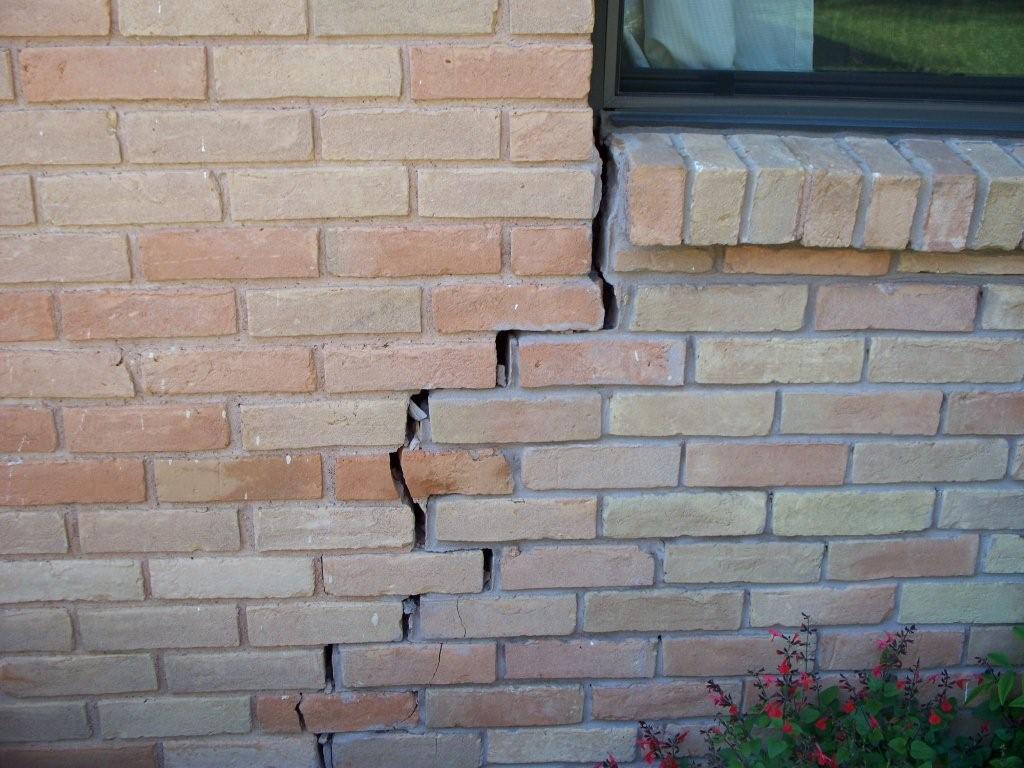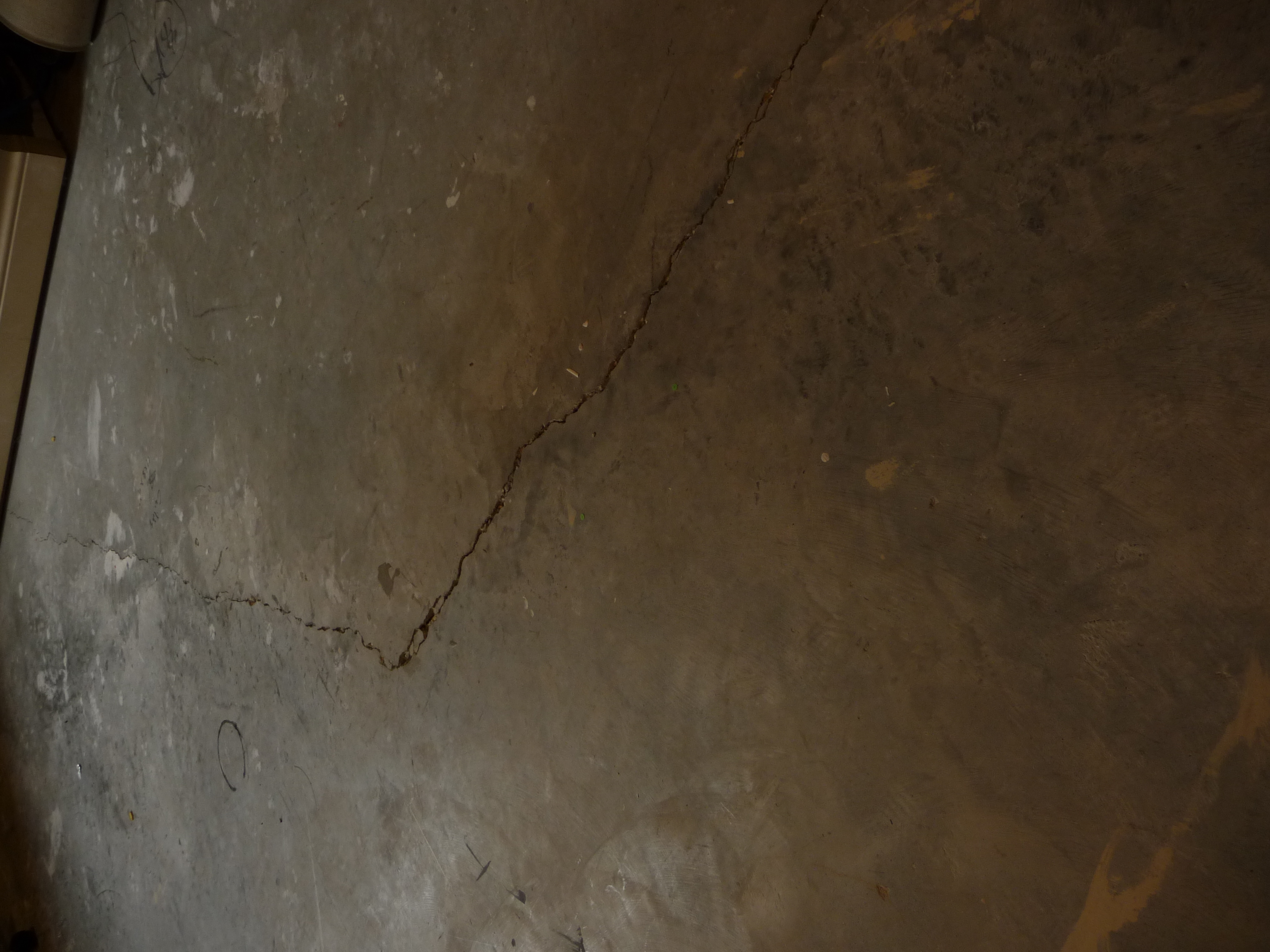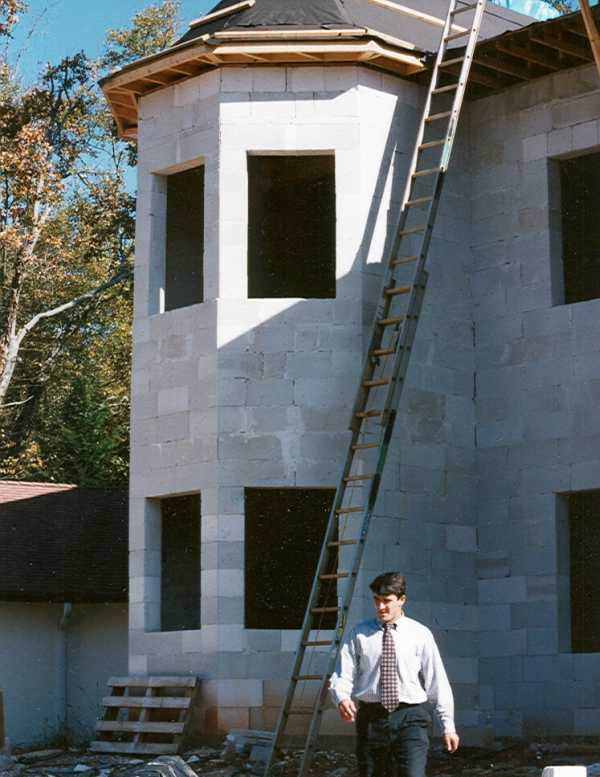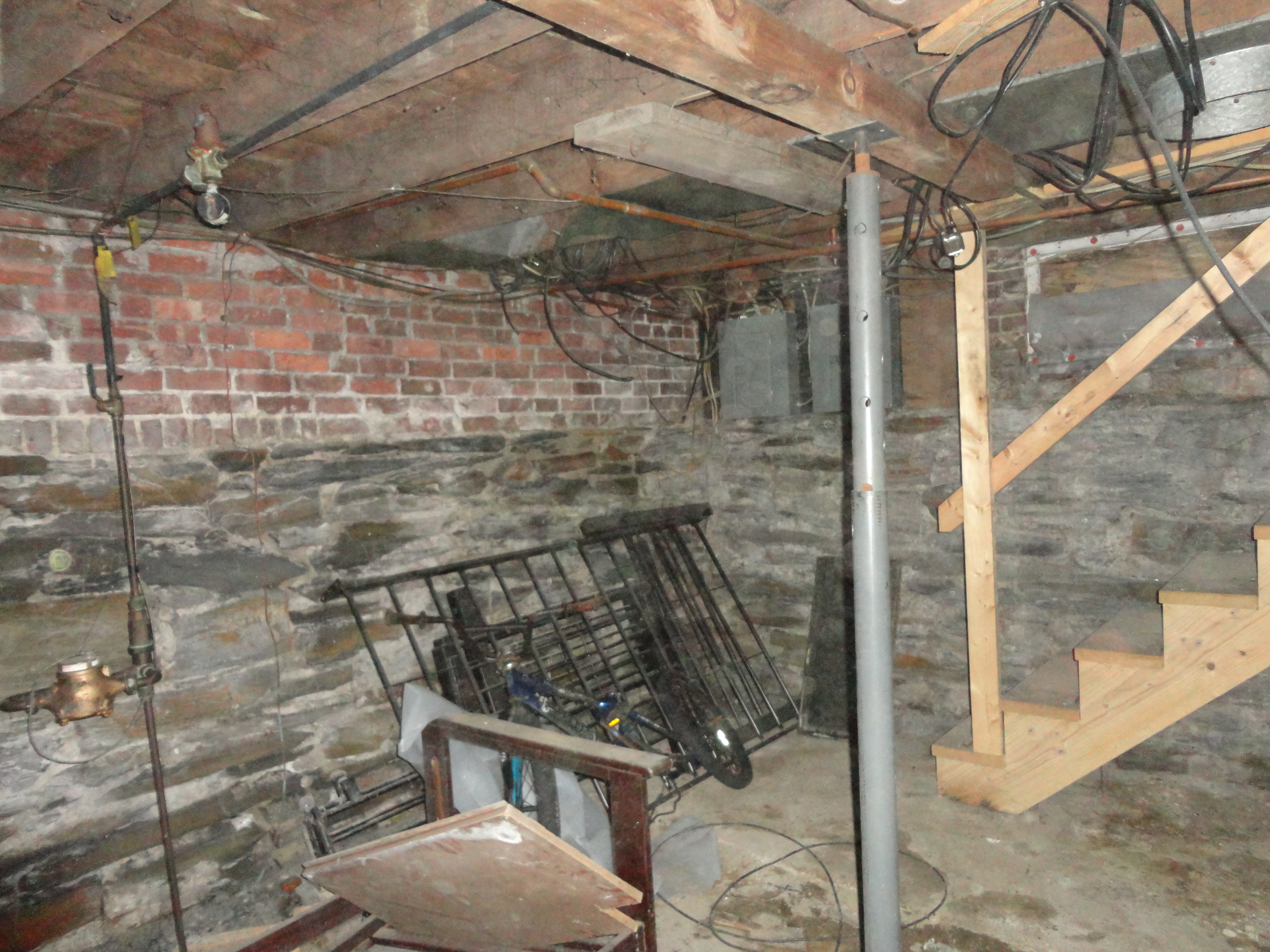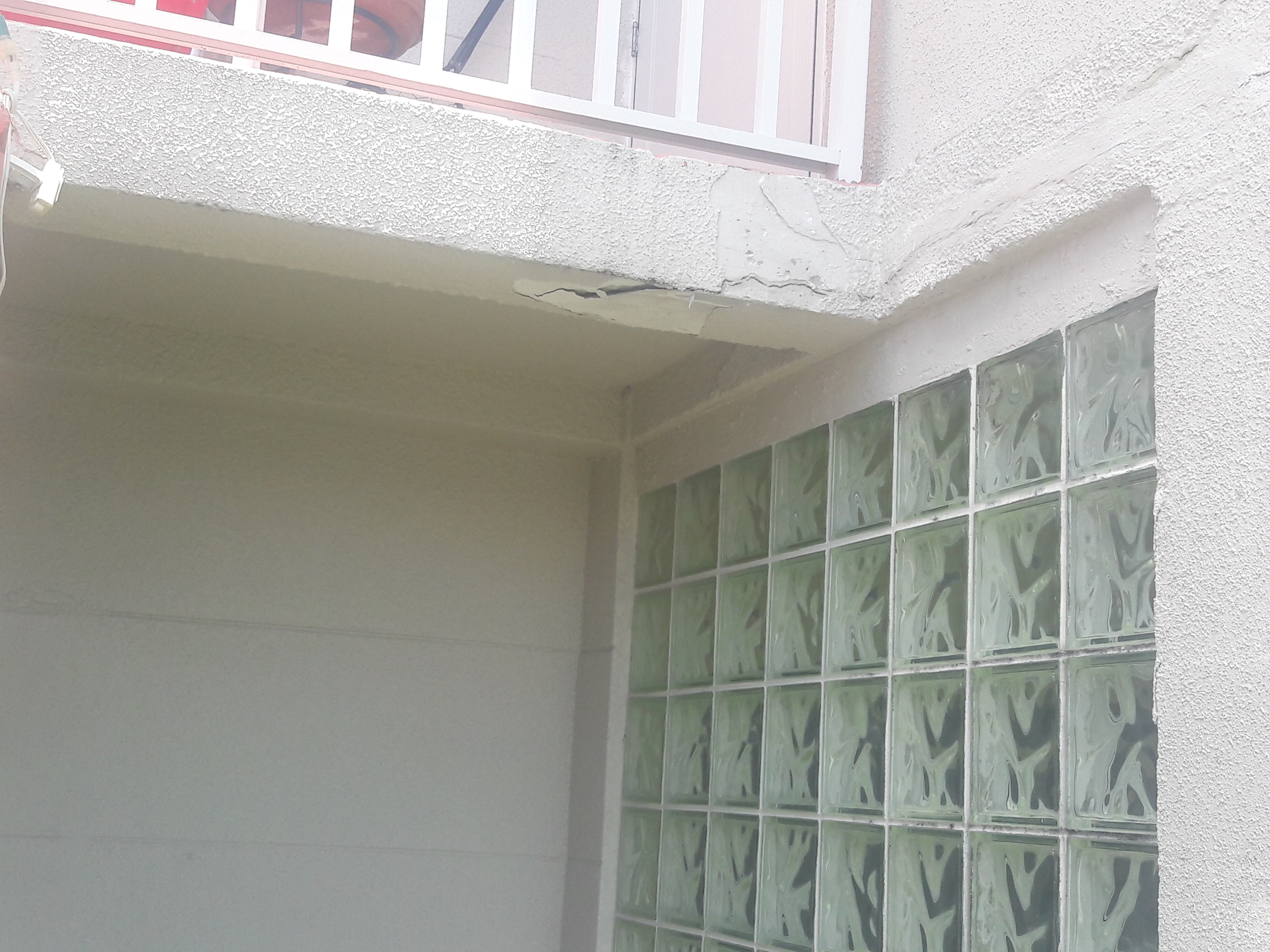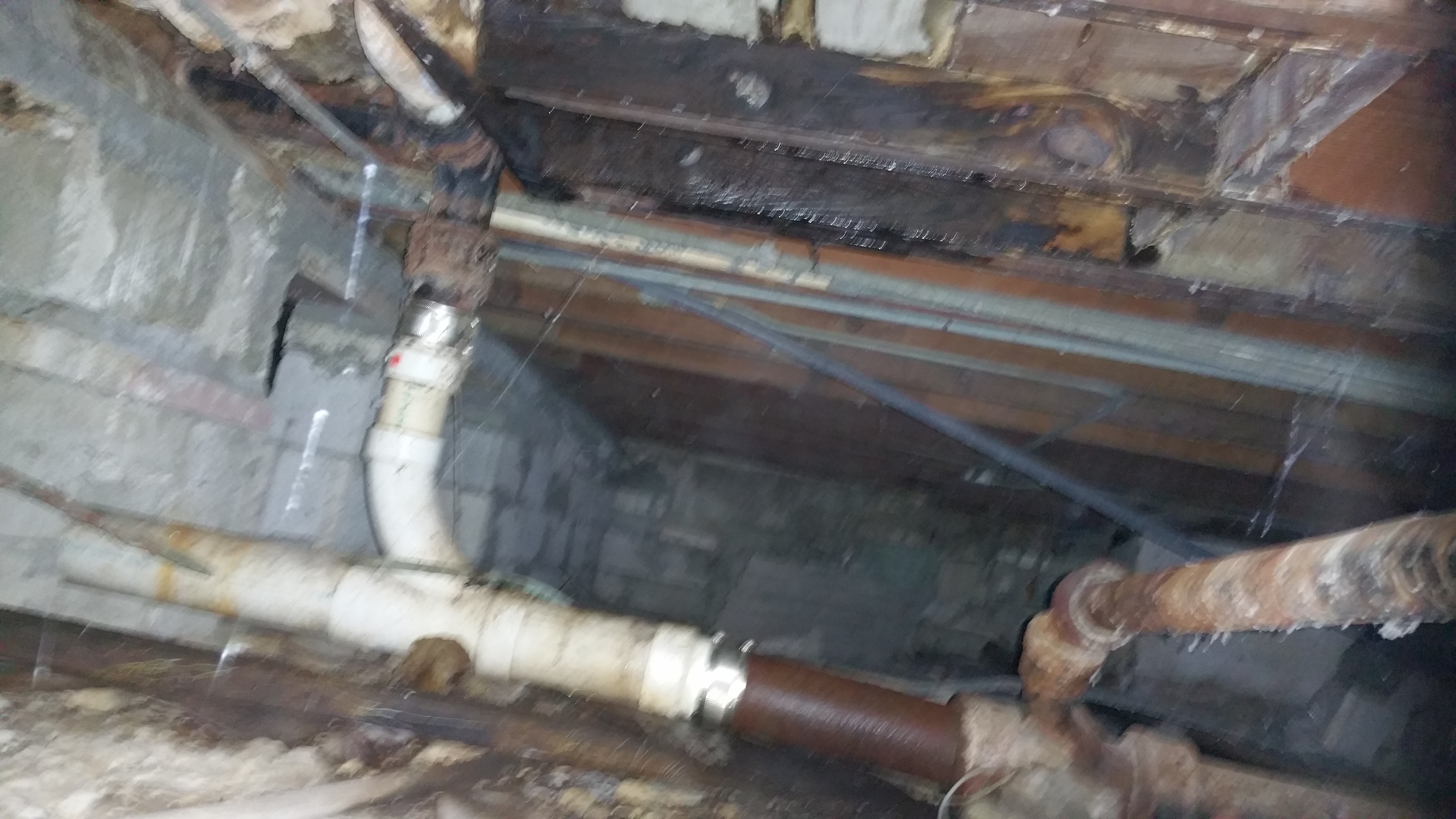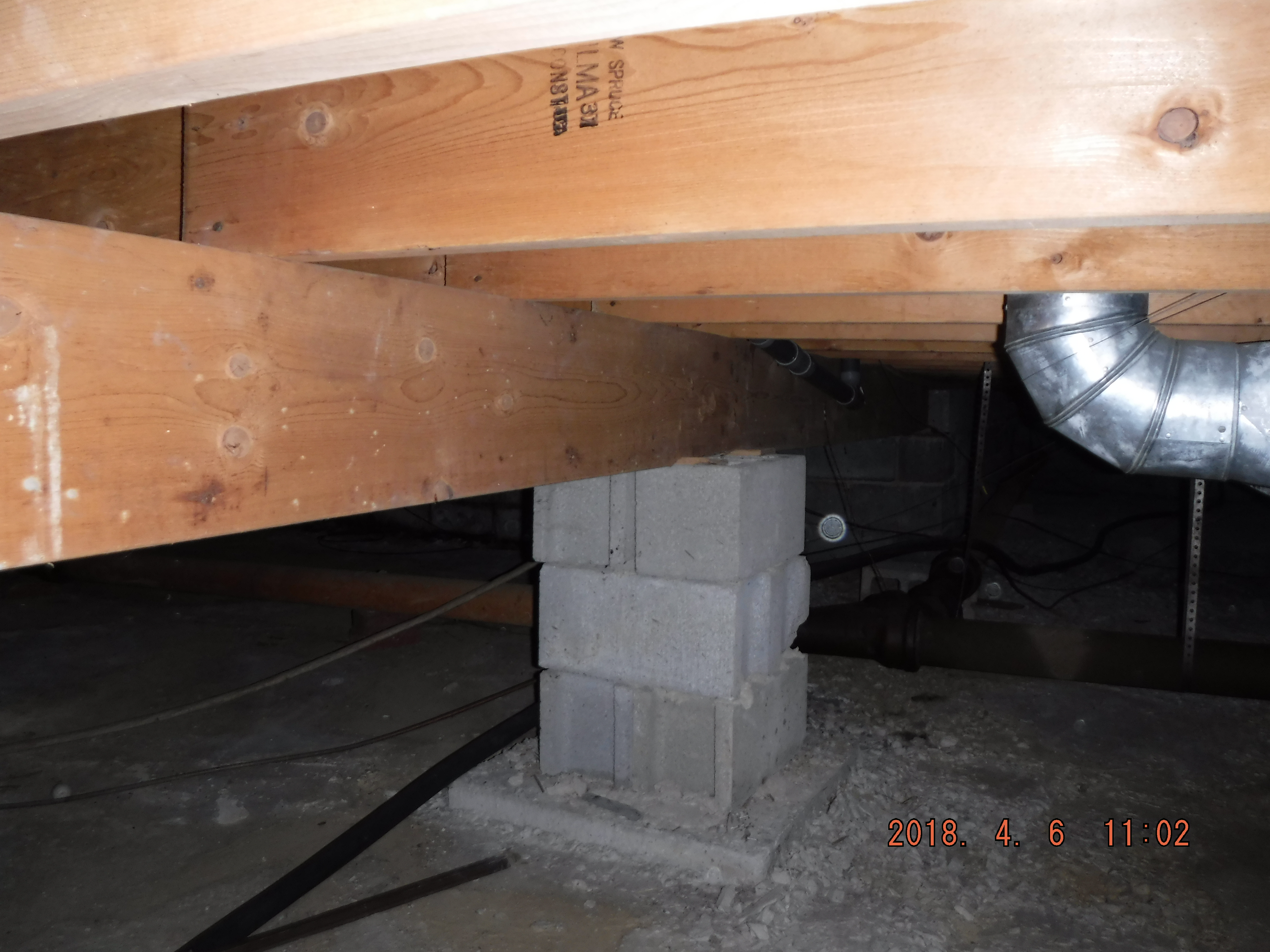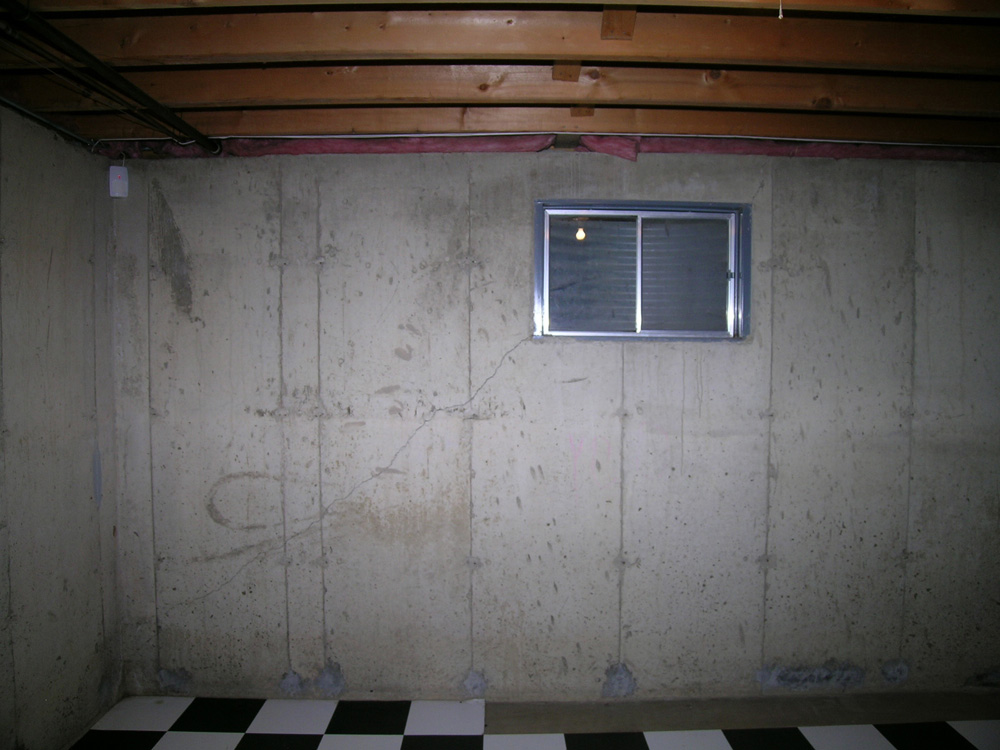Ive been inspecting homes for over 20 years. Proper grading of soil around structures has become more of a concern for me over the last several years. It seems that every inspection I perform there is an issue in regards to improper soil grade. We live in an area with high rainfall amounts and where hurricanes are a concern. Proper drainage of water around/ away from structures is an issue that most consumers are not thinking of when they buy a house. We have to educate them on the importance of keeping moisture away from the house and what effects improper soil grades can have on structures.
For my essay requirement I chose to report on masonry cracks. I have included a picture of what I feel is a common found problem when dealing with inspections involving masonry walls. The cracks usually follow the mortar joints and can occur due to numerous reasons, some include, differential foundation settling, expansion and contraction due to thermal or moisture issues or the bulging or leaning of walls. these types of cracks are commonly found around windows and doors also.
For my essay assignment I chose Efflorescence for Inspectors as my topic. In reading the article I found it most interesting in that it is normally seen as moisture problem, especially for me as I inspect in the state of Iowa where moisture is a real problem. I also learned that it can appear on many different non organic materials, not just concrete.
I also learned that it is important to try and rule out mold as it is very expensive to test for and efflorescence is relatively easy to identify. If the efflorescence is identified it is important to note in the inspection as it can lead to mold eventually.
Being a 10 year old house in an area known for a fluctuating water table this crack in the basement floor should be monitored for further movement both in being level and widening. The homeowner has pictures both prior and post of the original work completed. Under the floor there is a sand base (at the time of building meet code) and 6 mil poly that was installed correctly. When the flooring in installed, they need to make sure that there is proper precautions made to monitor moisture coming form this area in particular especially if the water table rises or on very wet years. Monitoring exterior water and steering it away from the house foundation is another way to limit water against the foundation.
Flood-Damaged Buildings.
When inspecting flood damaged buildings there are many areas that need to be considered prior to entering the building. Walk a around the entire building first to look for any potential issues such as downed power lines or loose leaking gas connections. Also you should be looking at the exterior for signs of structural damage as the homes integrity could of been compromised depending on the velocity of the water and the amount of time the house was flooded for. If the house has a basement or crawalspace then it might be still full of water which if there is electricity to the house might be energized itself. Other issues that can arise but are by no means limited to are growth of large mold colonies, septic system collapse,
trip-and-fall injuries, fire and explosions, toxic sludge and materials containing waterborne bacteria. Perhaps the most important thing to remember when entering a house that has been flooded is to go with another person. They can notify the proper agency if you get hurt and are unable to mitigate the issue yourself.
AAC is similar to other concrete types, except that it contains no aggregate; sand or fly ash is included, with aluminum powder added to react with one of these ingredients and “leaven” the concrete, creating tiny bubbles just like baking soda does when it reacts with the buttermilk in your muffin batter.
The concrete is poured into molds, left to rise, and then “baked” in an autoclave, which uses steam and pressure to complete the chemical reactions and speed up the curing process significantly–completing in hours rather than weeks. The resulting blocks are so full of bubbles that a block of the same size has about one-fifth the material required by regular concrete.
The frequency of baghouse inspections are based on the materials being processed and the standard operating procedures of the specific entity. I used to manage a dough manufacturing facility that had two 60,000 pound flour silos. We inspected the baghouses monthly and cleaned the filter socks at least quarterly. In the summer with high relative humidity we would have to make sure there were no evidence of mold. Bridging also occurred when condensation flowed down the inside walls of the silo and caked the flour at the rotary feeder.
Crawl spaces are notorious for moisture problems. A crawl space should have 1 square foot of ventilation / 150 square feet of crawl space horizontal area. This can be reduced to 1 square foot of ventilation / 1500 square feet of crawl space horizontal area if the ground and walls is covered with a vapor impermeable layers such as 6 mil polyethylene sheeting
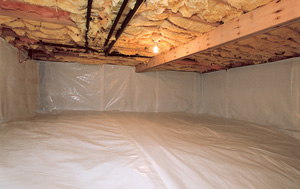
Water intrusions into foundations is a serious problem. A common sign of water intrusion is efflorescence. As water is absorbed into Masonry, salts that are naturally present within the stone dissolve into the water. The water that reaches the inside of the foundation will evaporate leaving the salt behind.
Inspection & Writing Assignment:
The foundation in this photo is located in Maine and was built around 1900. The fieldstones were neatly stacked and mortared in place below ground. Above ground, the foundation was brick. The bricks had started to loosen because of rainwater splashing on them from the asphalt driveway, but the fieldstone was in excellent shape with only minor voids. The basement floor was dirt but dry. This style of basement was built to allow moisture to seep in through the fieldstone and be absorbed by the ground. After 120 years, it is still in great shape, albeit somewhat dirty.
Research & Writing Assignment:
In the photo entitled “Lateral Movement Foundation Cracks” hydrostatic pressure from ground water is shown to induce cracks in a foundation. Older fieldstone foundations were designed to allow water to seep through the walls and then be absorbed into the dirt floor. When poured concrete foundations came into place, they sealed out the water altogether thus highlighting this issue. Perimeter and French drains have been used for many years to help alleviate this problem, but according to this course, there are many more technically advantageous products now available to accomplish the same result.
Inspection & Writing Assignment:
The attached photo shows the stucco covering cracking and peeling away from the wall and the balcony support. There is water penetrating from the balcony above or the trim of the windows. The leak will have to be repaired and all stucco should be replaced to expose possible rebar or lintel damage underneath.
Research & Writing Assignment:
Concrete vs wood for exterior walls. ICF walls have numerous advantages over wood frame. The cost of construction will be higher but the consumer must look at the added value. The only real advantage of wood over icf’s is lower building costs.
Inspection & Writing Assignment:
this photo shows the stem walls via the crawlspace of the property. Here, there is obvious signs of moisture issues bt there are no indications that there is a settlement probloem nor any cracking or bowing from soil pressure on the wall
Research & Writing Assignment:
this addresses the photo titled “corner wedge crack”
here it indicates, using a force diagram, how cracks at the corners of a house would occurs. The thermal expansion of the two walls causes stress at the point where they meet since there is no room for expansion, only compressive stresses would occur
Inspection & Writing Assignment:
The photo is of a supporting pier located in the crawl space under the bedroom area. The 2x12s set on the pier have been notched and then shimmed. There is no indication of crushing of the wood member. The orientation of the block is appropriate for transferring the load to the footing. The joints between the block is reinforced with mortar. There is no steel in the pier. The pier is set on a 24" x 24" footing that is visible above the slab. There is no indications of foundation movement.
Research & Writing Assignment:
The photo I chose is identified as Clearance.JPG under piers and columns.
This illustration is to be used as guidance when inspecting foundation piers. The illustration identifies 4 different locations and specific things to look for when inspecting. Listed are items such as termite shielding, waterproofing, vertical clearance and the identification of treated lumber and where to use it.
Inspection & Writing Assignment:
This is a concrete block wall located in the garage. There is no signs of cracking anywhere along this wall. The mortar joints show no signs of pointing and there is no signs of bulging going on anywhere along the wall.
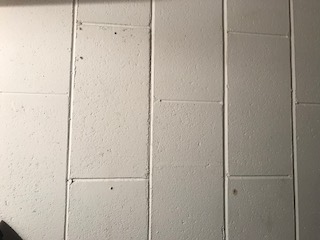
Research & Writing Assignment:
Inspecting the exterior of a home can account for a third of total inspection. Before inspecting masonry it is helpful to take into account environmental factors such as climate, terrain, and any vegetation around the structure. These factors can help a inspector understand a defect when the culprit is not readily apparent.
Inspection & Writing Assignment:
Bowing or cracking of a foundation wall, as seen in this picture, can be caused by several forces exerted on the outside of the wall. Excessive moisture, rocks in the backfill, or expanding and contracting soils can affect walls and cause movement. It is important for a home inspector to be able to discern conditions that may be cosmetic from those that are of structural concern.
